The 10 Best Co-operative games.
November 29, 2019 | 10:00
Companies: #bungie #larian-studios #microsoft #mojang #ubisoft #valve
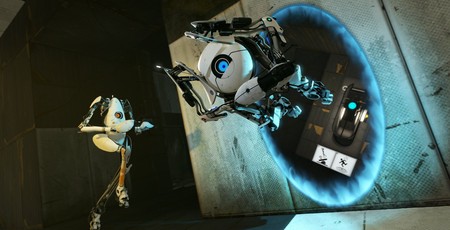
It’s commonly acknowledged that adding a co-operative mode automatically makes any game better. You could be playing Bad Rats and you’d probably get some fun out of it if you had a friend playing alongside you. Probably.
Making a truly great co-operative game, however, is much more challenging. Not only do you have to ensure every player has an equally enjoyable experience, you also need to build your game so that players are interacting with each other in a way that is interesting and makes the co-operative element feel worthwhile. Nowadays there are plenty of co-operative experiences around, yet still relatively few achieve this. Hence, we’ve put together our picks for the best-co-operative experiences ever made.
To be clear, we’re focussing on games that offer a dedicated co-operative experience. This includes optional single-player/cooperative experiences provided the latter is sufficiently catered for, but pure team-based competitive games, like TF2 and Fortnite, are out.
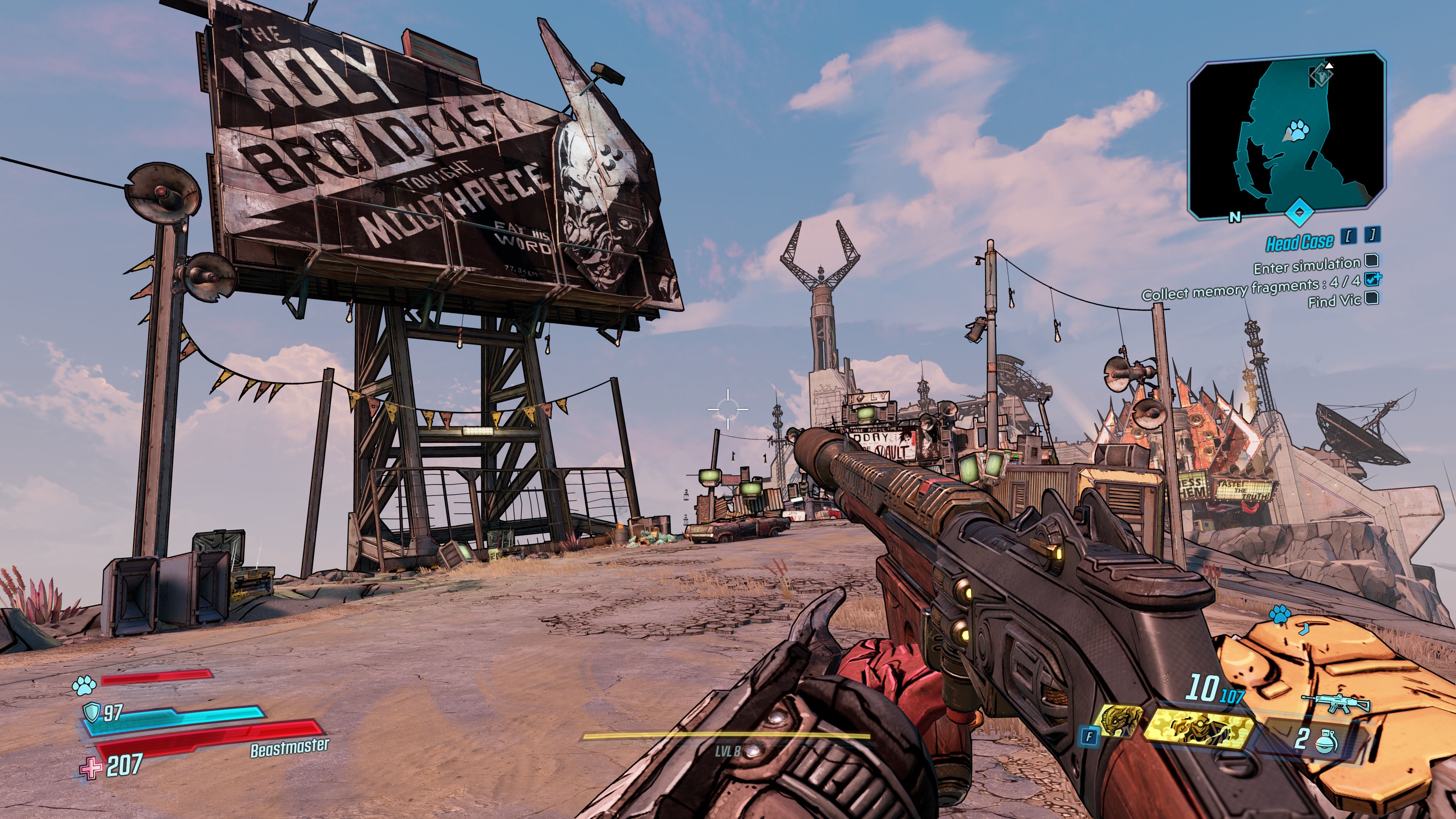
Borderlands 3
You could probably put any of the Borderlands games here, since they’re all basically the same. But Borderlands 3 is the biggest and best-looking of the lot, as well as having the most advanced iteration of its cracking gun-generation system.
I think that’s why, despite its humour annoying the heck out of me, I’m still quite fond of the Borderlands series. It’s the only loot-based shooter that is entirely honest about what it is, an endless search for an incrementally better gun. Rather than trying to dress this up as some noble affair, Borderlands instead places all its onus on making those guns as weird and interesting as it possibly can.
Borderlands 3 also has the best character-class system of the three games, letting you play as a giant robot with a pet monkey, a man who fights with a holographic clone of himself, and a pound-shop D.Va who can batter enemies about in her own personal mech. When there’s four of you shooting off absurd guns and equally absurd powers, Borderlands 3 offers an undoubtedly thrilling spectacle. It’s not the smartest or most innovative game around, but pick up a gun that reloads by exploding and try not to smile.

Overcooked 2
Apparently Overcooked is known as “The Divorce Game” in China. It’s not surprising, given its tendency to make you yell at your spouse like Gordon Ramsay stepping on a plug. Overcooked casts you and your friends as little chefs (not Little Chefs) racing around a kitchen trying to get food orders out to hungry diners as quickly and efficiently as possible.
It’s in that gap between “quick” and “efficient” where the joy, frustration, and separation-inducing arguments arise. The game gives its four players a set list of jobs to do, but leaves the planning and execution of those jobs up to you. You need to figure out who’s going to chop the vegetables, who’s going to cook the burger patties, who’s going to assemble the dish and put it out for service, who’s going to wash the dishes when they’re returned smeared with grease, and so on. Inevitably, players get in each other’s way or prioritise the wrong jobs at the wrong time, and there’s no time to gently point out the correct way to do things. So you end up yelling, and so the madness rises.
The sequel is essentially the same, but more of it. More challenges, more zaniness, more arguments, more divorces in China and, presumably, elsewhere. Hang on, is this a good thing? Should we be celebrating the wrecking of relationships through the virtual pursuit of the culinary arts? Ah, who cares, they were probably doomed anyway. To the kitchen!
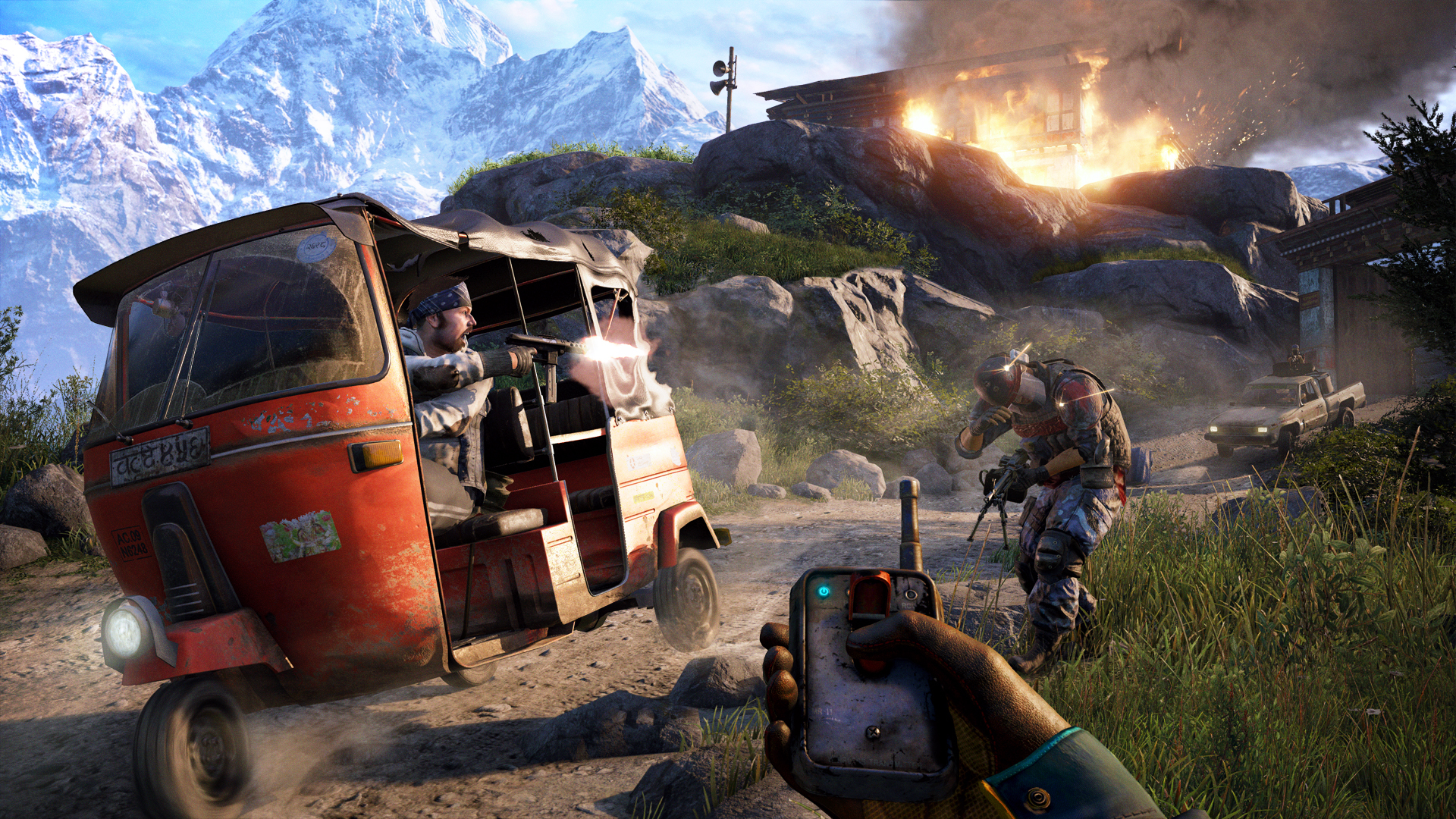
Far Cry 4
Again, you could probably choose between this and Far Cry 5 for co-operative shenanigans. But for me, Far Cry 4 is the superior game, with a more interesting world, a clearer sense of what it’s about. It also has elephants, which like co-operative modes, automatically make any game better.
Far Cry in coop is very much similar to Far Cry in single-player, but with the added bonus of giving you greater tactical flexibility in terms of how you approach the game’s many guarded bases. Do you sneak in while your co-op buddy covers you with a sniper rifle, or dangle from the bottom of their gyrocopter on your grappling rope, launching grenades at the camp below? It’s certainly the only the game that lets you both blow up a base while riding on the back on elephant (I like elephants). If that doesn’t make Far Cry 4 worth of a place on this list, I don’t know what could.
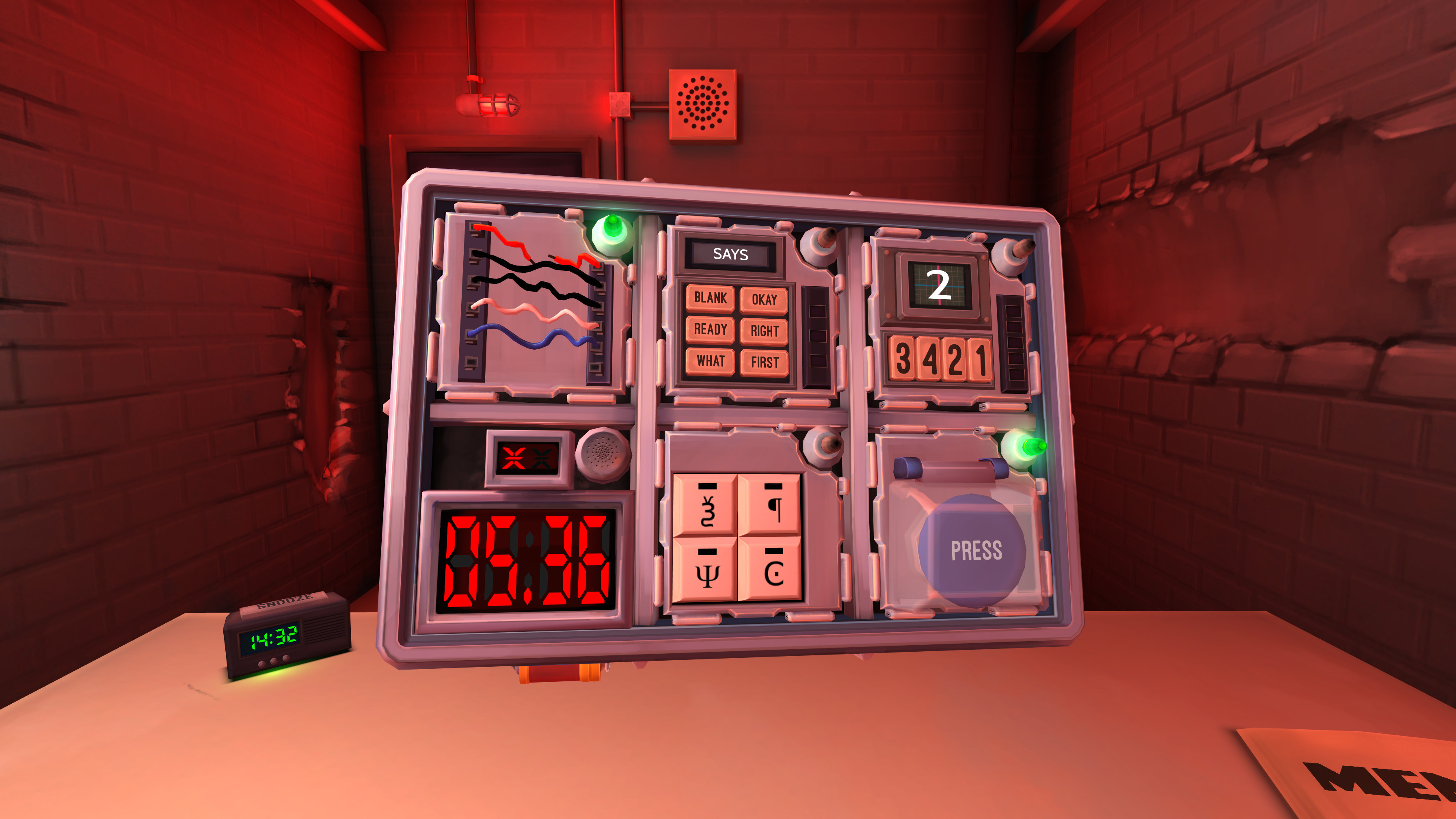 Keep Talking and Nobody Explodes
Keep Talking and Nobody Explodes
Easily the most unique co-operative game on this list, Keep Talking and Nobody Explodes is a team-based bomb-defusal simulator where one player isn’t even allowed to look at the screen.
Here’s how it works. Each scenario in Keep Talking sees you trying to defuse a bomb constructed from a random assortment of different bomb components. One player sits in front of the screen, while the other is given a PDF file (or a printed document) and has to read it while facing away from the screen. The player looking at the screen needs to describe each component of the bomb to the player holding the PDF, and that player needs to read the file and communicate exactly how to defuse it.
The complication is that the way the bomb is arrangement can drastically affect how it needs to be defused. Each component is affected by the type of components surrounding it. A set of differently-coloured wires may require a specific wire to be cut that changes depending on what other dials, switches, or buttons are on the bomb.
Trying to figure this out between you, all while the timer on the bomb ticks down, is where the tension and hilarity of Keep Talking arises. It requires a nuanced level of co-operation that perhaps no-other game on this list does. Like Overcooked, it’s not exactly a game you want to play to relax, but as co-operative experiences go it’s one of the most fascination and unusual examples of the genre.
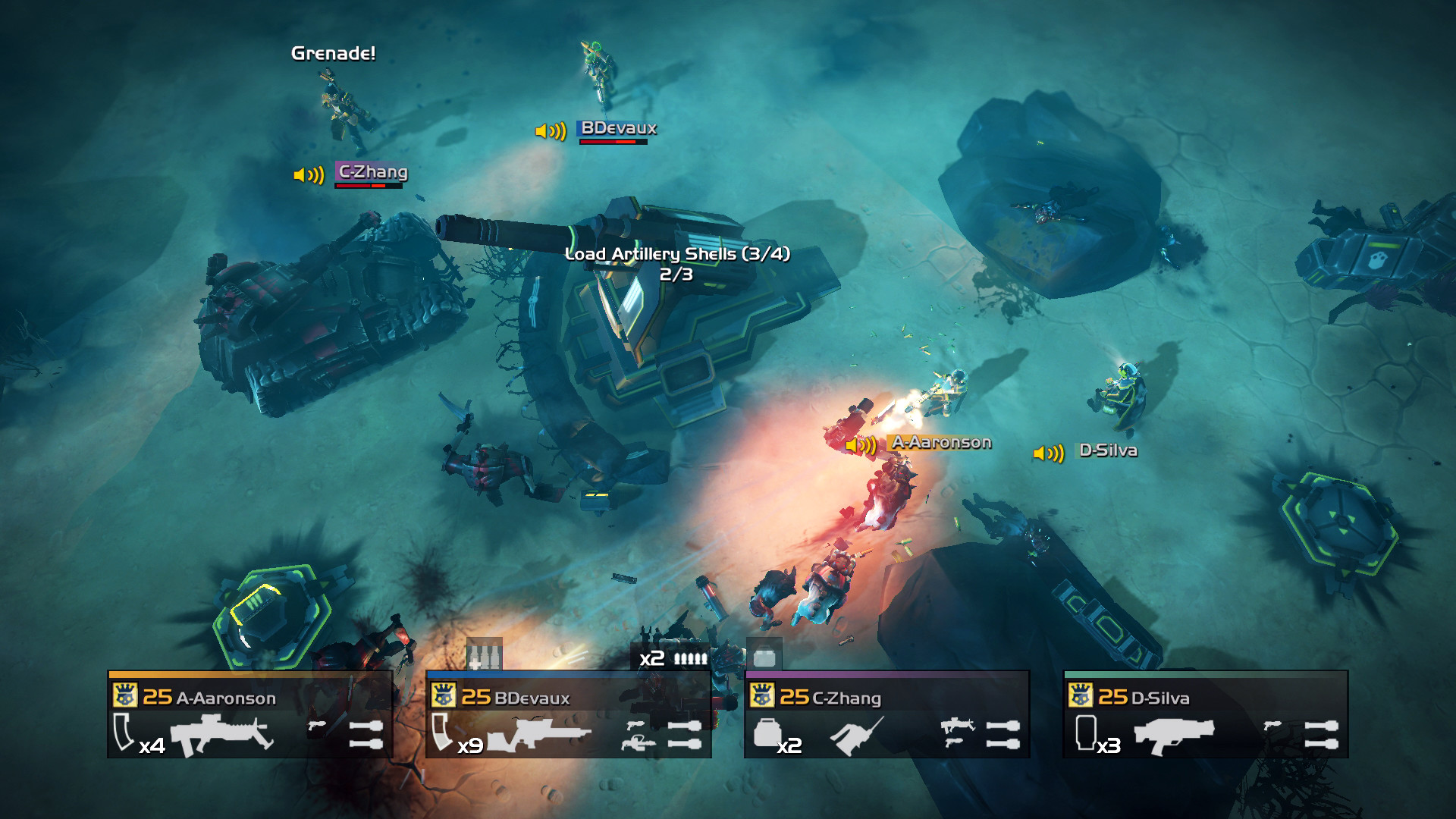 Helldivers
Helldivers
The best Starship Troopers game ever made. Helldivers sees up-to-four players assume the role of interstellar soldiers embarking on randomly generated missions as they slaughter their way through a gigantic galactic war against three alien races. You’ll blast giant bugs, shatter cyborgs, and pummel alien psychics. Or, as is more likely the case, accidentally crush your friends to death beneath a misdirected drop-pod containing a better gun.
Like many great co-op games, Helldivers strikes a fantastic balance between teamwork and chaos. Each player gets a couple of special “stratagems”, pieces of equipment that can be activated or dropped-into missions at any point. These include weapons like rocket launchers and flamethrowers, vehicles like tanks and mechs, and devastatingly powerful abilities such as orbital strikes. Crucially though, anything that can kill aliens can also kill you, and Helldivers excels at mounting the pressure such that you’ll make a fatal, often hilarious mistake.
I also love how Helldivers communicates the fascistic themes of Starship Troopers through its style and systems. The game’s music and dialogue burst with military jingoism, framing your war against the aliens as this great and noble venture. But the reality is you’re an aggressive invading force with vast technological superiority but all the tactical capability of a coop of chickens. Your idiot chest-beating soldiers are as likely to be killed by their own weapons as do any damage to the enemy, while the effect of your dangerous, often deadly mission on the overall war is next to zero.
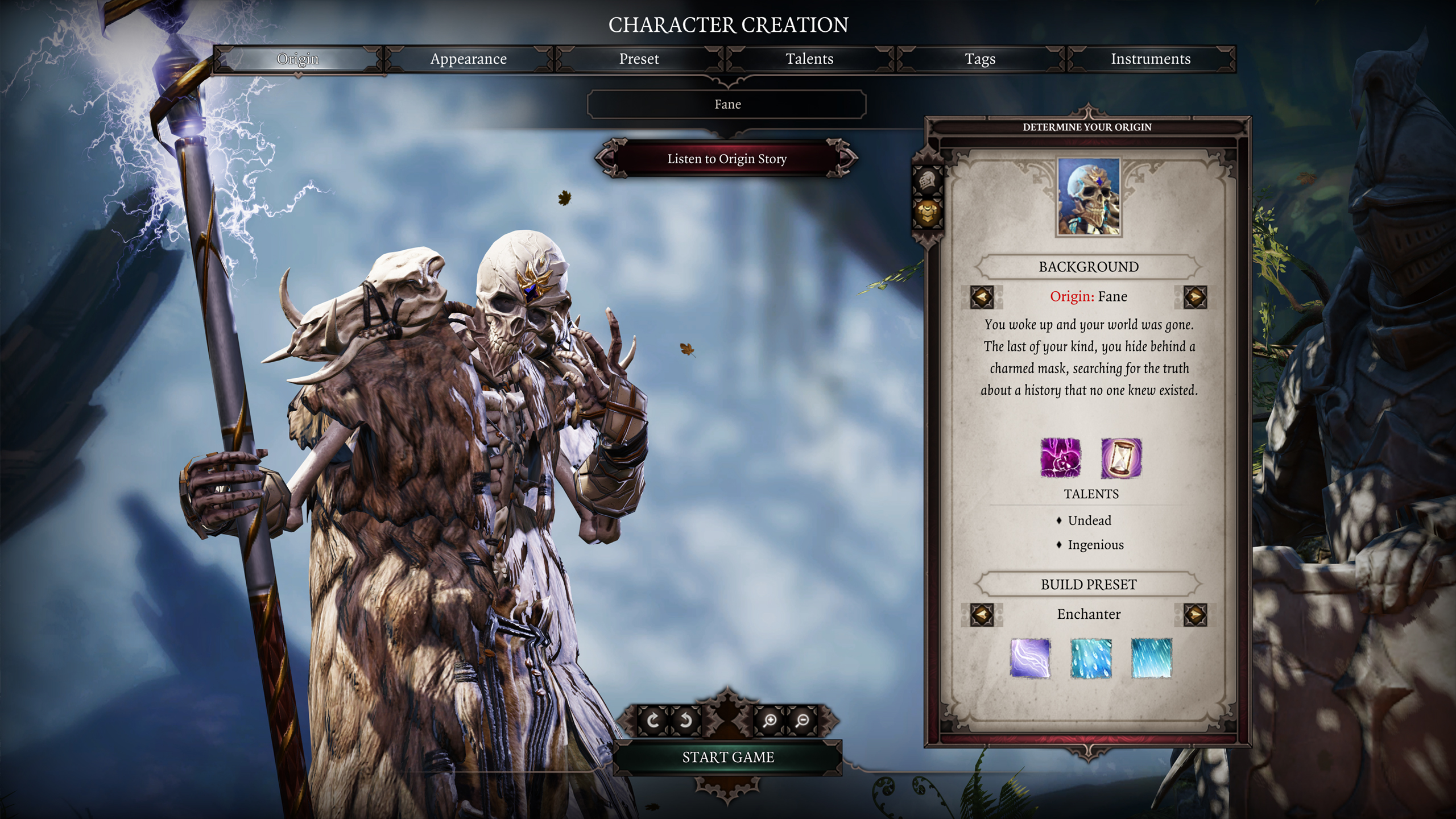 Divinity: Original Sin 2
Divinity: Original Sin 2
One of the best RPGs ever made also happens to be one of the best co-operative games ever made. Original Sin 2 is designed specifically to generate a D&D-like experience in a tactical role-playing game, giving complete freedom to both you and your cooperative buddies to approach the game’s many quests and missions however you choose.
And it’s crucial to point out that this refers to each player individually. You can all work together if you want, but you can also choose to forge your own path, going off and trying to solve quests by yourself, leaving your buddies to find their own way. You can even try to actively hinder your co-operative partner’s progress, hiding stolen loot in your partner’s inventory and getting them in trouble with the law, disguising poisons to look like health potions and giving them to other players to drink. Of course, they can do entirely the same to you, so getting a reputation for being the chaotic evil character of the party may not stand you in good stead.
It’s a fascinating approach to co-operative game design, letting players choose how cooperative they want to be and letting them deal with the consequences when they arise. It’s also just a fantastic RPG to experience with other people, a rich, funny and detailed story with fantastic tactical combat and incredibly open-ended quests.
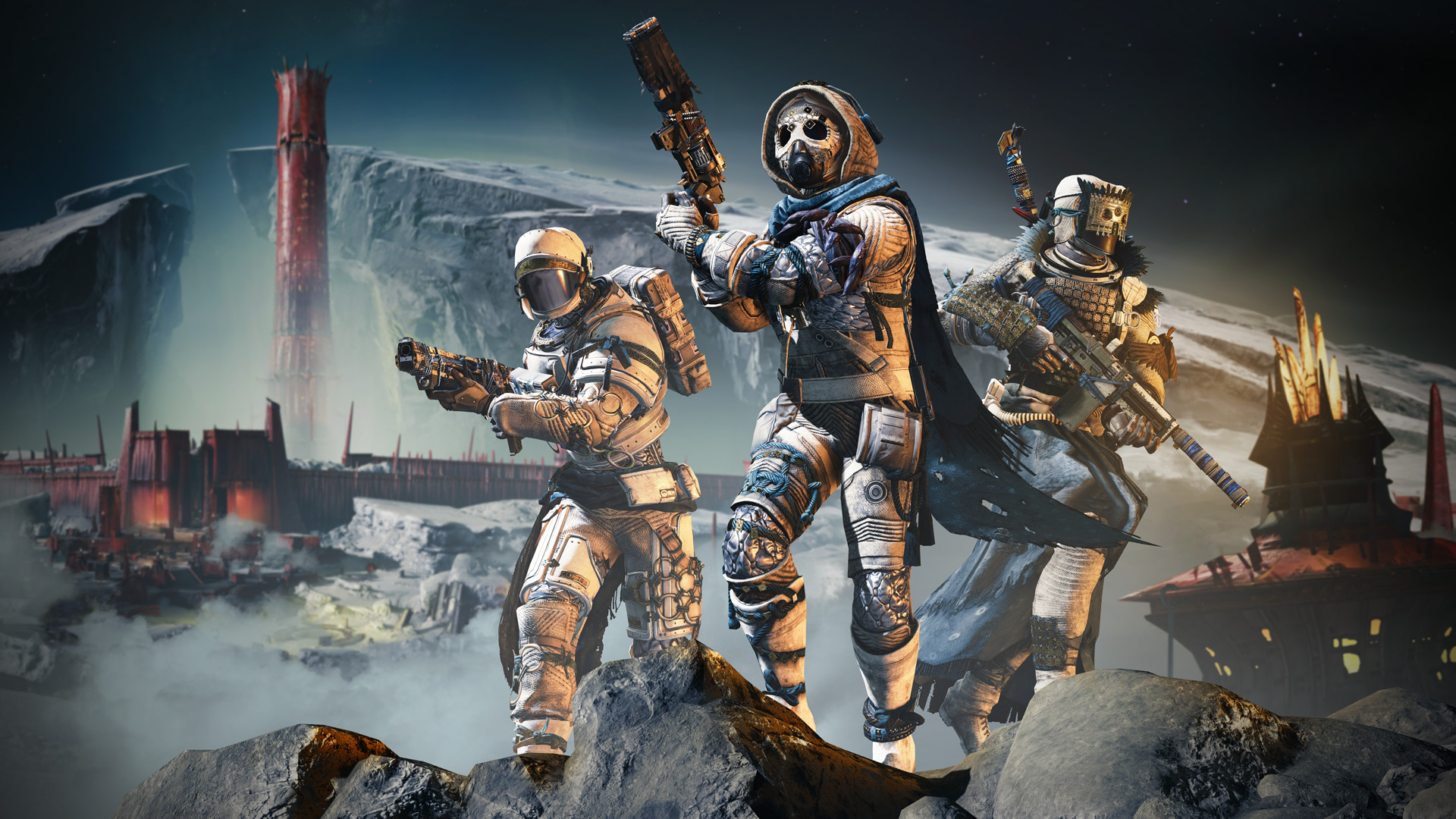 Destiny 2
Destiny 2
If you’d asked us two years ago, there’s a reasonable chance Destiny 2 might not have made this list at all. Since its split from Activision, however, Bungie has worked hard to revamp Destiny 2, bringing the game to Steam and introducing multiple expansions, the most recent of which, Shadowkeep, went back and restructured the core game.
You’ll be hard-pushed to find a more generous co-operative offering on the PC. As a free-to-play title, Destiny 2 already offers tens if not hundreds of hours of potential co-operative fun, blending stunning sci-fi vistas with that snappy, punchy combat Bungie has built its name on since the first Halo.
The only enduring problem with Destiny 2 is that it’s not the easiest game to get into. The sheer breadth of what it offers can be daunting for new players, and trying to keep track of the seasonal changes requires some kind of simplifying equation. Nonetheless, as epic-scale adventures with friends go, Destiny 2 has you covered.
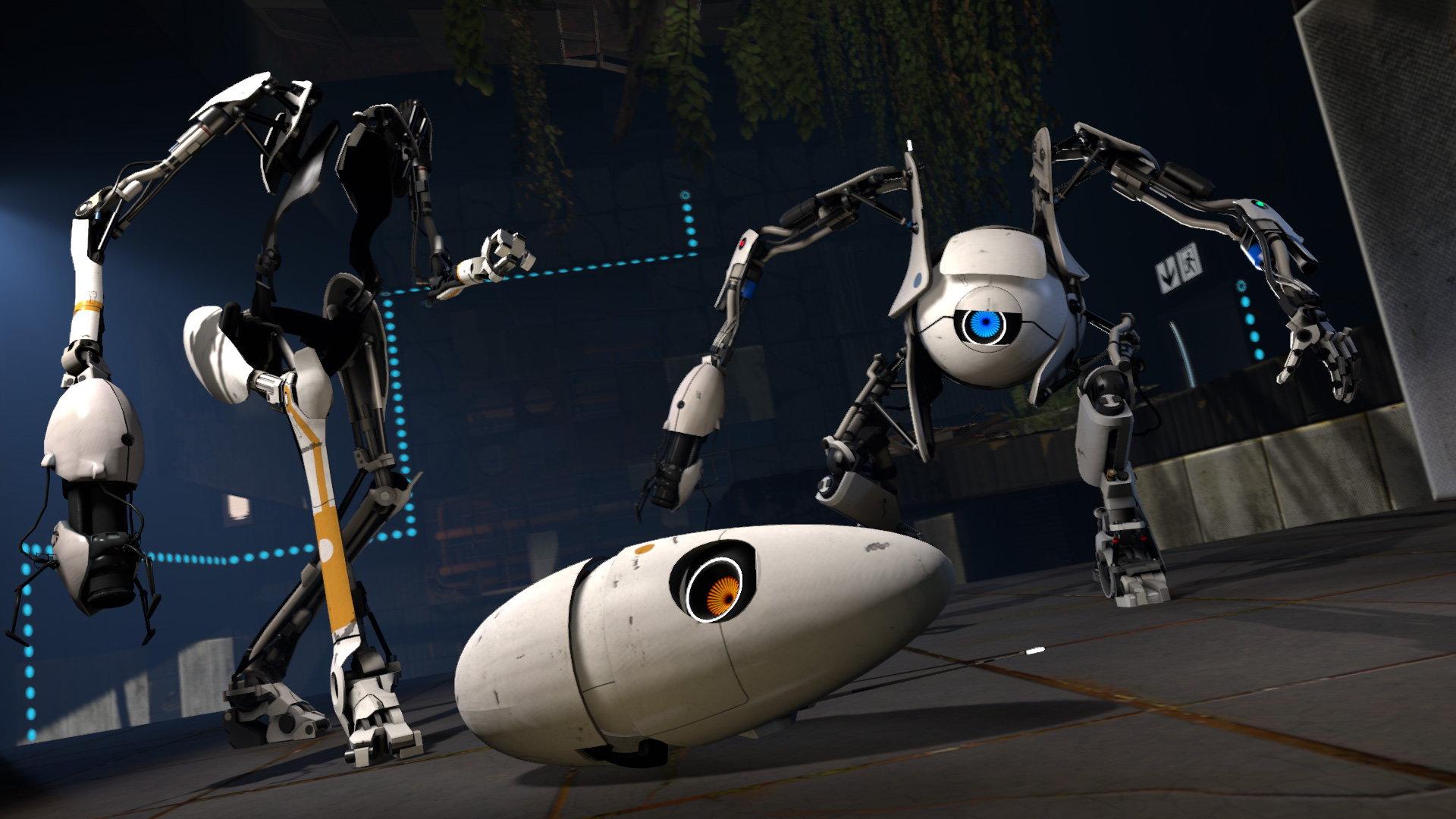 Portal 2
Portal 2
Portal 2’s cooperative mode remains one of the most fun and unique co-operative experiences available, taking the original game’s delightful Portal-based puzzling and expanding it for two players. The only downside to the co-op mode was that it’s relatively short, with its handful of maps lasting just a few hours overall.
In the eight (!) years since Portal 2 released, however, this problem has been well and truly resolved by the Portal 2 community. There are over 100,000 community-made co-op Portal chambers available for the game. Making it bizarrely, one of the largest co-operative games in existence. Of course, not all of these maps are up to the standard of those designed by Valve, but some of genuinely are, while others are actually better, building and expanding upon the core ideas of Portal 2 in ridiculous and awe-inspiring ways.
Portal 2 has recently received a small but timely update, making local-cooperatively play easier by offering support for one player playing with a controller and another with a keyboard. If you’ve not played the game in a while, it’s well worth re-installing and checking out some of the community maps.
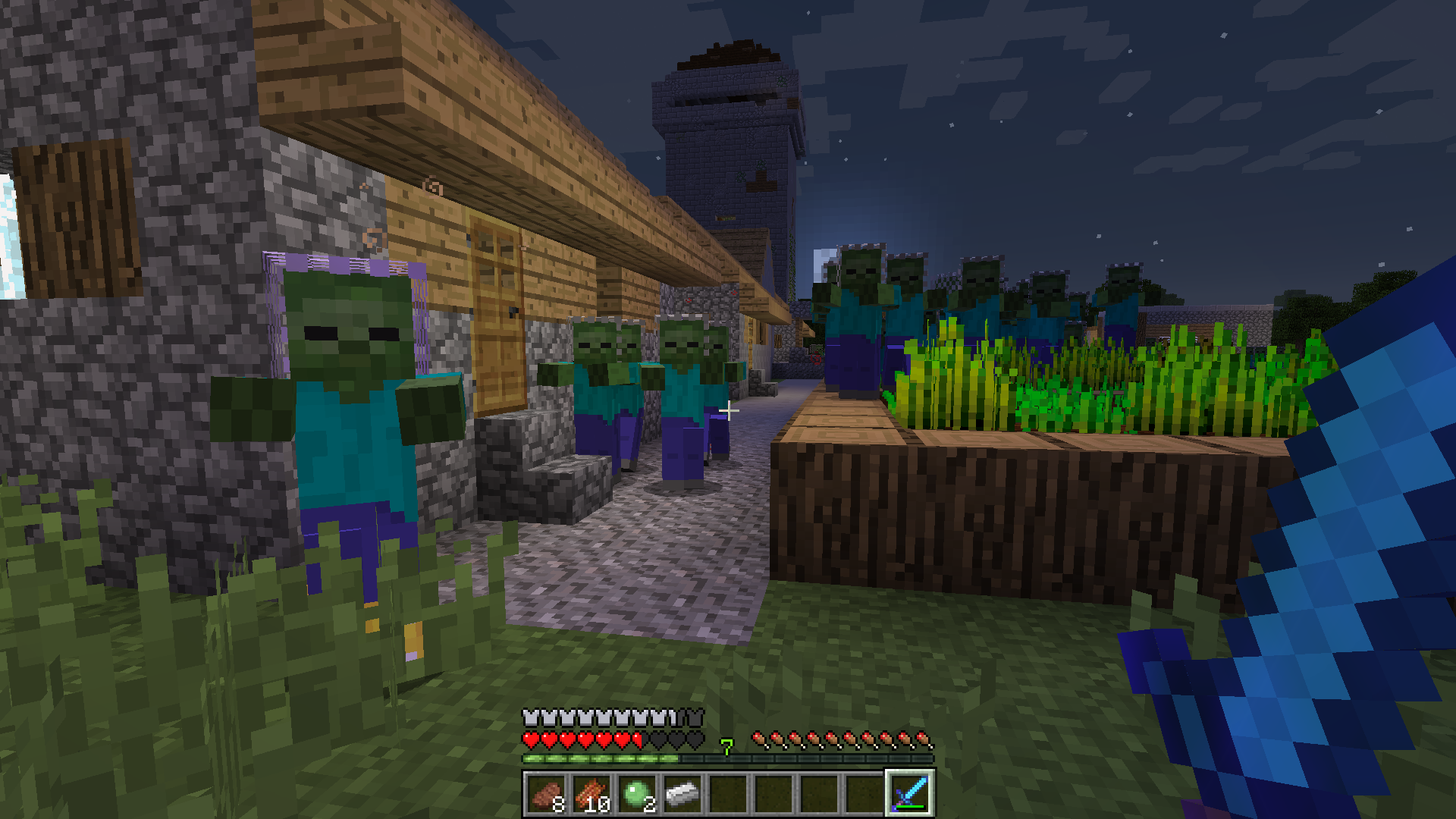 Minecraft
Minecraft
It would be hard to write a co-op game round-up without including Minecraft, an excellent game made twice as good when played with friends or, indeed, family. While other co-operative games let you solve puzzles or blast monsters or aliens into smithereens, Minecraft is one of the few that actually lets you create something together. A farm, a castle, an underwater palace, a giant effigy of that one uncle nobody really likes.
Frankly, there’s not much more to be said that hasn’t already been said a thousand times over. Ultimately, it’s digital LEGO, and LEGO works just as well with friends as it does alone. If you haven’t tried Minecraft with friends before, I thoroughly recommend it.
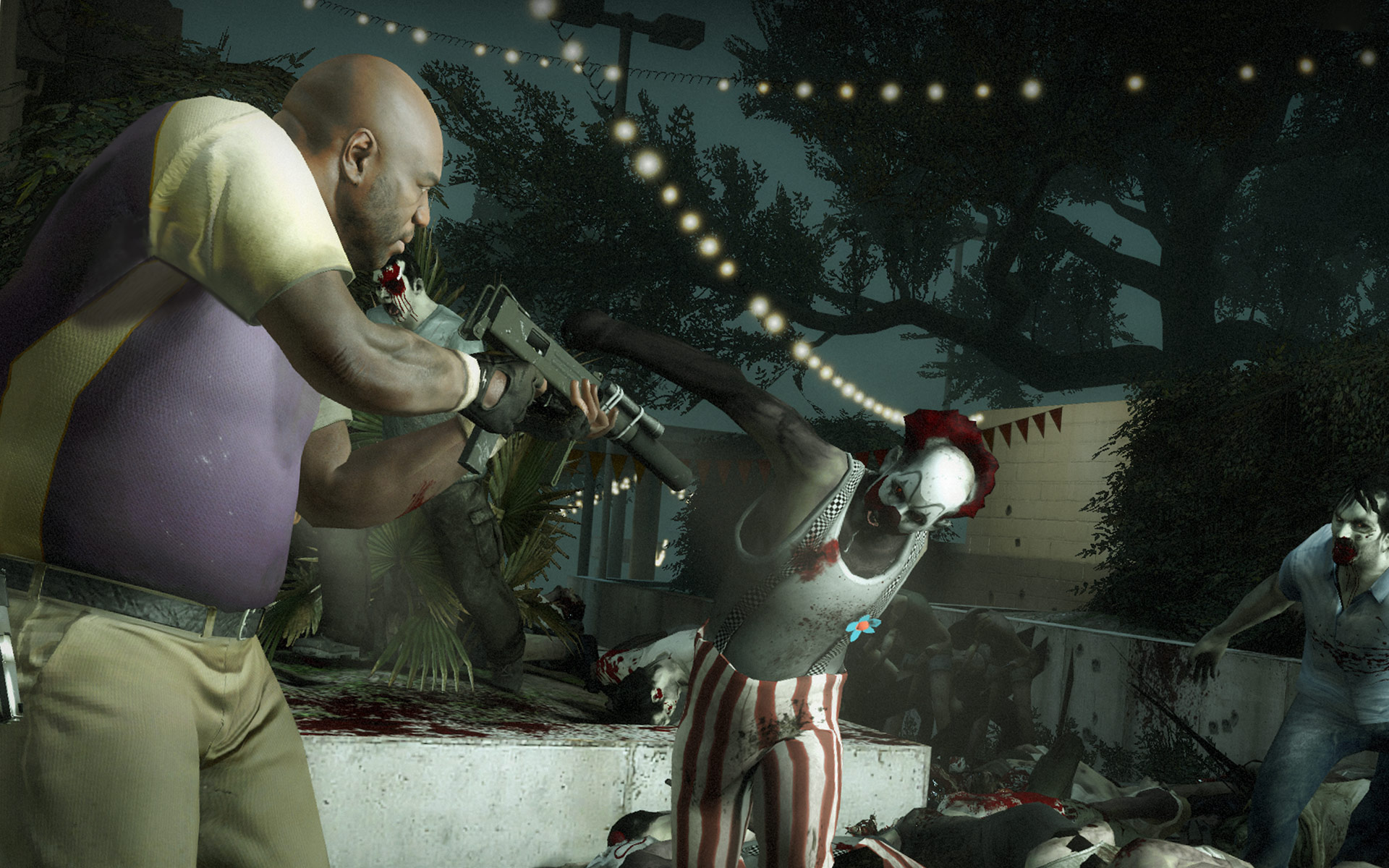 Left4Dead 2
Left4Dead 2
Left4Dead 2 recently enjoyed its tenth anniversary, which immediately made me think two things 1) Where did all that time go? and 2) I really need to go back and play Left4Dead 2.
It’s weird to think that, in the run-up to release, Left4Dead 2 was the subject of truly ferocious scepticism. The combination of Left4Dead being a relatively slender package (although I still managed to mine a hundred hours from it) along with the fact that Left4Dead 2 launched just a year later, let people to speculate that one game had effectively been split in two, causing a huge uproar about Valve selling players short.
Clearly, this turned out to be nonsense. Not only did Left4Dead 2 have an entirely different theme to the original, it also made a whole bunch of technological changes, such as improved weapon feedback, better visuals, and…um, more detailed zombie gore. Blowing up a crowd of zombies in the original Left4Dead resulted in a puff of red smoke. Doing it in Left4Dead 2 resulted in carnage.
What makes Left4Dead2 such a great co-operative game, however, is its unique approach to encouraging co-operative play. Most co-operative games focus on giving you things to do together, or simply provide a broadly single-player experience that you can play with a friend. Left4Dead2, on the other hand, forges co-operative by trying to pull your team apart.
The game’s still-magnificent AI director is always looking for ways to distract, neutralise, or pull-away members of your team, sending hordes of zombies to occupy you. Then it deploys Special Infected like the Smoker, which pulls away one of your team, or the tank, whose huge fists knock players across rooms and valleys, literally shoving your team apart. Your natural response to this is to close ranks, to cover-each other’s backs, to help your friends up, to do everything you can to ensure that everyone survives.
It’s superb game design, which hasn’t lost any of its sheen over the last decade. This is partly because Left4Dead 2 has been updated to include the content from Left4Dead, several new campaigns, and as with Portal 2, a massive number of community-created maps. In a way it’s a shame the sequel has made the original virtually redundant. But on the other hand, it’s a testament to the rock-solid foundation Left4Dead provided that the expanded and improved sequel remains, for my money, the best co-operative game ever made.

MSI MPG Velox 100R Chassis Review
October 14 2021 | 15:04








Want to comment? Please log in.